On the rare occasion that I travel by train nowadays, the bland food – watery, salty dal, limp chapatis and under-seasoned curries with an acidity-inducing film of chilli red oil floating on top – always reminds me of a meal long ago. Is in the Rajdhani Express from Howrah to New Delhi in 1996.
I was only 10 years old and yet I remember the details clearly: the air inside the AC 2-tier compartment was filled with a mixed smell of rexine, sweat and disinfectant; The incredibly tall man who poured tomato soup from a giant kettle into paper cups and the stringy, carom-seed studded breadsticks that came with it. For dinner, you can choose between Indian and Continental. I picked up the latter and feasted on crumb-fried fish, roast chicken, bread, steamed vegetables, and thick-bottomed finger chips with a few strands of noodles swimming in gravy. It was sublime. And yet, as my grandfather used to tell, the bus used to be a pale shadow of the railway food.
Food has been an integral part of the romance of rail travel. I have often wondered what makes train food so special? Is it the changing scene, the excitement of travel, the diverse company, or just the novelty? Or is it the fact that food serves as a solid anchor in the face of the uncertainty of mobility? It seems that once upon a time it was just the promise of great food.
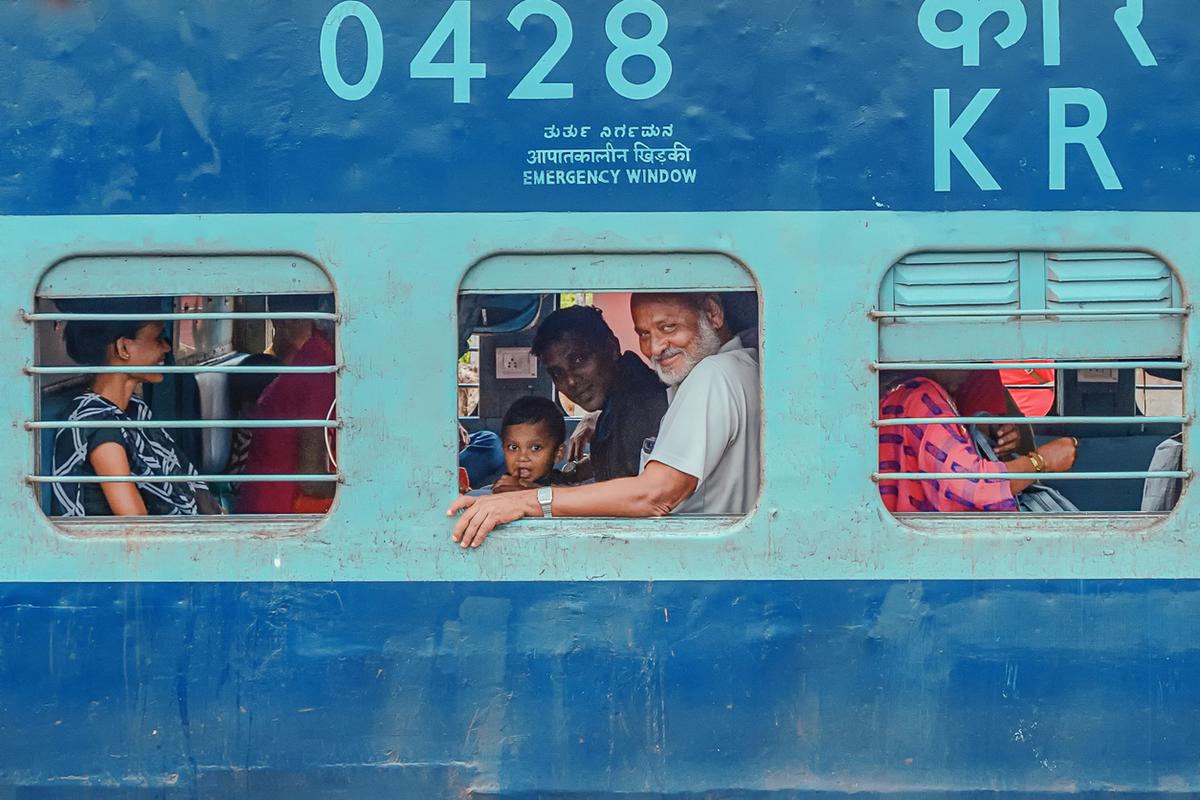
Memorable train journeys with family. , Photo Credit: Getty Images
In the days of the Raj, brightly lit restaurant train cars with tables sumptuously laid with cutlery, side plates and folded napkins were waited on by turban holders smartly done up in clean white. Chapkan, Railway caterers such as GF Kellner & Co., Spence & Co. (who later acquired the former) and Sorabji & Co. made iconic dishes of Anglo-Indian favorites – delicate chicken sandwiches, mulligatawny soups, mince cutlets and fish fry, chicken roast and more. Railway lamb curry, often served with rice and mango chutney.
With its refreshment rooms and dining cars at stations (separate for Indians, which include some serving food according to caste and religious restrictions of both Hindus and Muslims) and limited but sumptuous menus, the railways have established their own food culture and cuisine. A unique style of cooking was created.
Legendary Fares and Traveler Favorites
This food culture survived at least for some time after the British left. In her article ‘Railway Food: If It’s Kanpur It Must Be Bedmi Aloo’, food historian Pritha Sen writes about elaborate dishes from the 70s, such as chicken à la bombe – ‘minced chicken and mashed potatoes’ A huge gola’ – that was a BNR (erstwhile Bengal-Nagpur Railway) favourite, with mint chutney au gratin and mutton collar, and dining car with tables for four covered in imitation damask and with embossed cutlery was laid.
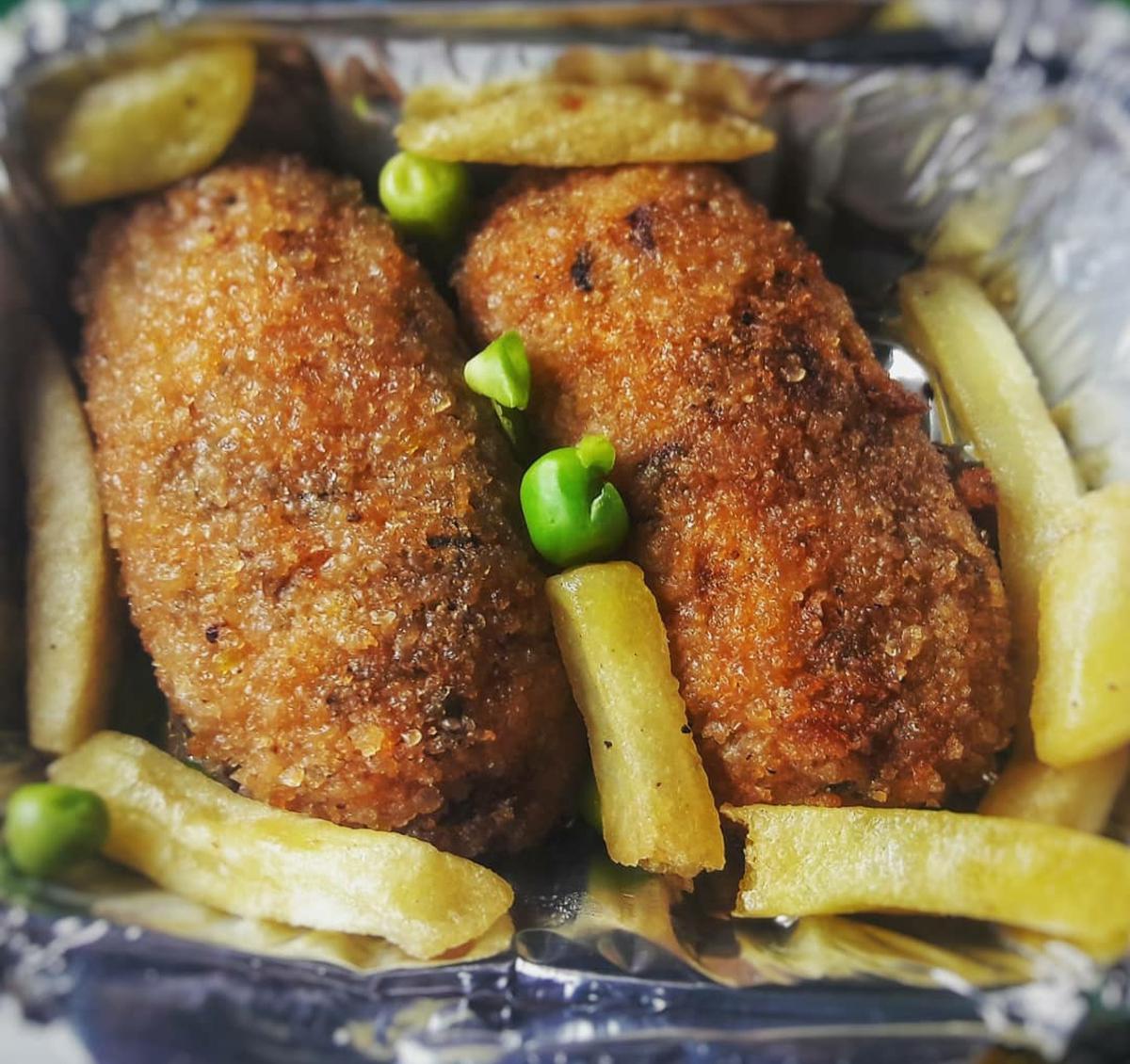
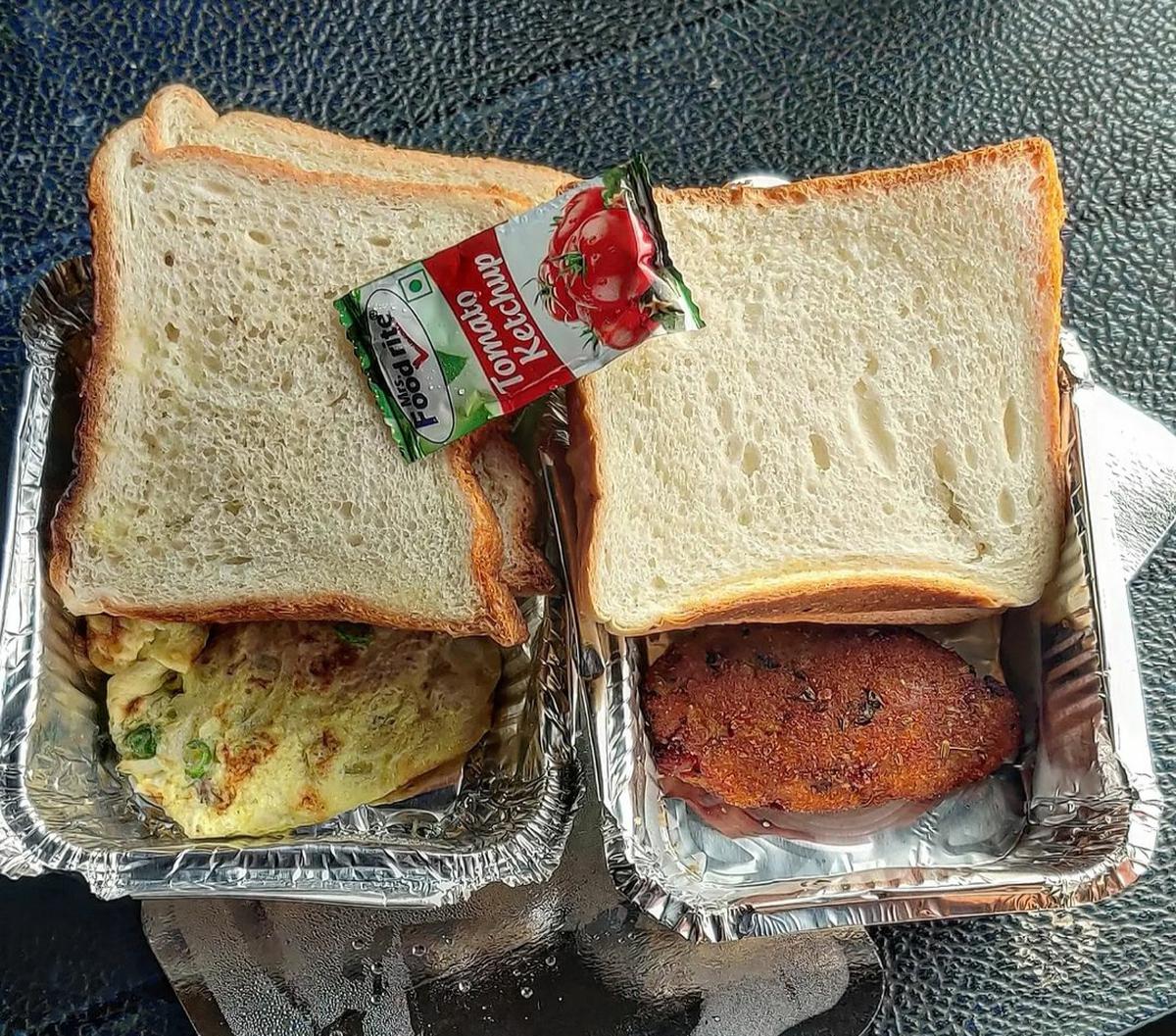
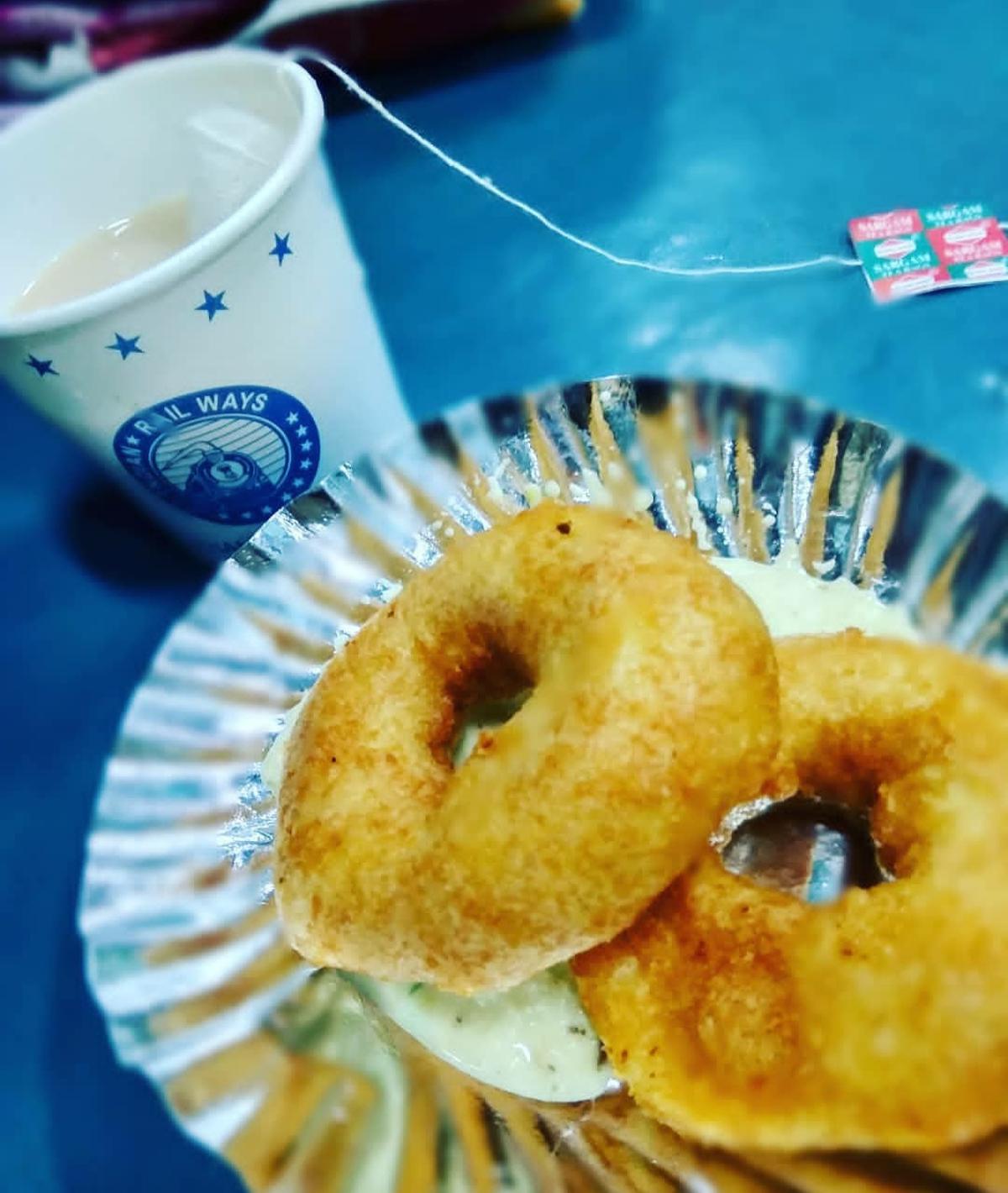
Cutlets, Bread-Omelet, Vada and Chai – some of the food staples of Indian Railways. , Photo credits: @mahbubrafa, @boletohfoodie/ Instagram
Railway Mutton Curry is, of course, the stuff of legends and has made its way into cookbooks and restaurants alike. Interestingly, according to an article published in 1990 business indiaTitled ‘On India’s Land Plain’, mutton was dropped from the railway menu due to possible adulteration with beef.
Old-timers speak eloquently of their sepia-tinted memories of the Meals-on-Wheels that for many are representative of better times. In contrast, a co-passenger on a recent train journey compared the food served at his berth to the present day – terrible. Over the past few decades, there has been a steady decline in the quality of food served in the Railways. There are often reports in the media and social media platforms about the tasteless food served in Indian trains.
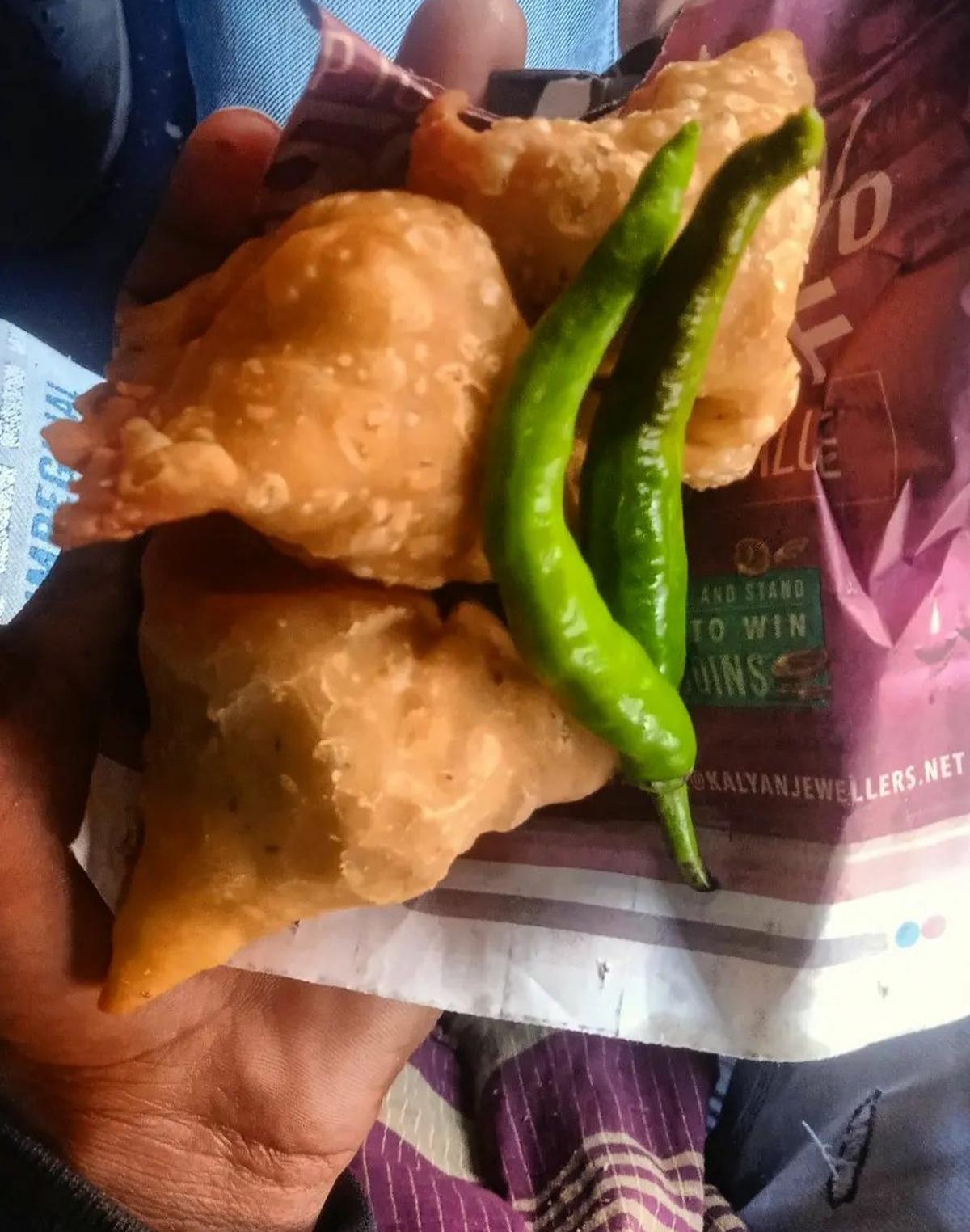
samosas in train | Photo Credit: @clubtv_streetfood/ Instagram
Of course, there are also sporadic examples of memorable meals. “All I could think about was these scrumptious samosas served at the Shatabdi while traveling from Lucknow to Delhi, and Chole Kulche On the way from Delhi to Gwalior. But when I say good, I mean the current standard of food served on trains,” says food anthropologist and author Shireen Mehrotra, who recalls a time when premium trains like Rajdhani and Shatabdi The best thing about traveling in was that they kept serving up tasty titbits every few hours.
Of course, there are vendors roaming around with displays of delicious treats – from mouthwatering licking For local sweets – which still make train rides memorable. “I had the most amazing Sattu Kachori Once while traveling from Kolkata to Durgapur,” says Mehrotra.
But there is a lot of disappointment regarding the food provided by the Railways. “Air travel is cheaper than trains on some routes. Most people prefer flying in low-cost carriers to long train journeys, hence the drop in food and services,” says YouTuber Harkirat Singh. An intrepid traveller, Singh says that trains serving busy routes usually serve better food.
millet in the mix
Over the years, the Indian Railway Catering and Tourism Corporation (IRCTC) has introduced new features and initiatives to shake things up. A relatively recent addition enables passengers to book their meals online, to be served at their berths at the station of their choice.
Incidentally, in the 1920s, first class passengers on Indian trains could telegraph food and refreshments at the station of their choice. IRCTC’s e-Catering service provides a list of restaurants and catering organizations that serve everything from Domino’s Pizza to multi-course thali and certified. Moral Meal.
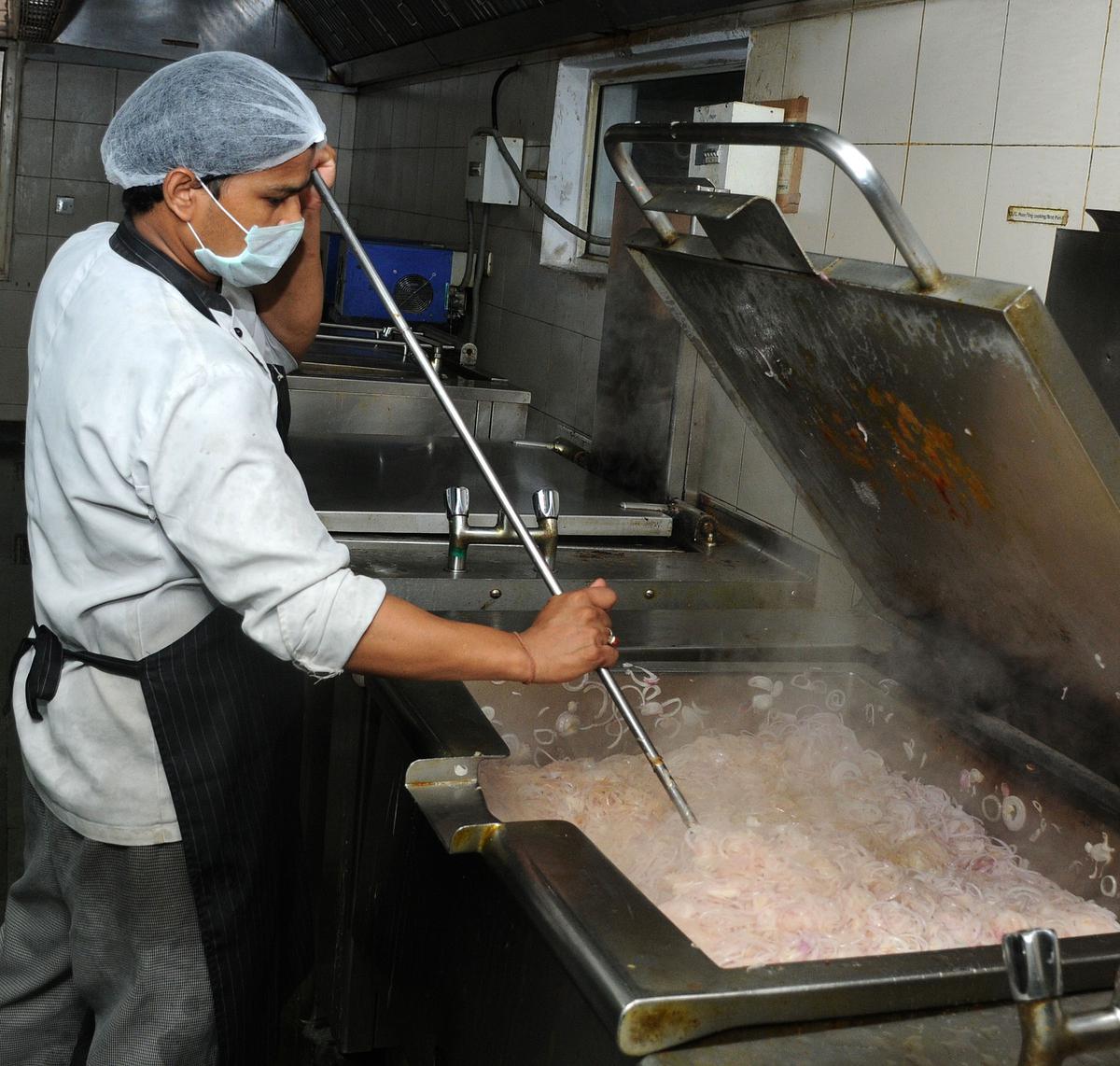
Food being prepared at IRCTC’s central kitchen in Noida, July 2015. Image credits: Ramesh Sharma
In addition, there is an extensive à la carte menu and customized offerings for infants and diabetics. The menu also highlights millet, from which everything is served Ragi Kheer To jowar laddoos, IRCTC has refocused its attention on regional food in trains, especially on the much-hyped Vande Bharat Express, which will be loaded from IRCTC kitchens en route. Each train’s menu is a crash course on the cuisine of the region. Cyclic menu on recent flag-off Chennai-Coimbatore Vande Bharat Express Features everything like Pongal, Idiyappam and Vada, snacks Kai Murukku Or mileage thattai with sweet dishes Kesari BhaatAnd Sakkara Pongal, For dinner, expect Chettinad-style curries and plenty of coconut Kozhi Varutha Kuzhambu (Roast Chicken Curry).
Vande Bharat Express between Visakhapatnam and Secunderabad Serve your guests Andhra specialties like cooked with chicken Gongura or oregano, and Dosakaya PappuLentils cooked with yellow cucumber.
Purushottam D., a Mumbai-based finance professional who travels frequently by train, says, “On a recent trip from Mumbai to Solapur, we were served Aamtia and Maharashtrian dishes like Bhakri-Pithla and Batata Vada. I think it is a great way to promote regional food, but the quality and taste have to improve.”
Mehrotra also welcomes the idea of serving regional food in trains. “It’s all good as long as they maintain a certain standard,” he says.
The famous railway curries, roasts and puddings are a thing of the past but perhaps this will be the dawn of a new railway cuisine.
The author is an internationally published food and culture writer, who travels between Kolkata and Mumbai.